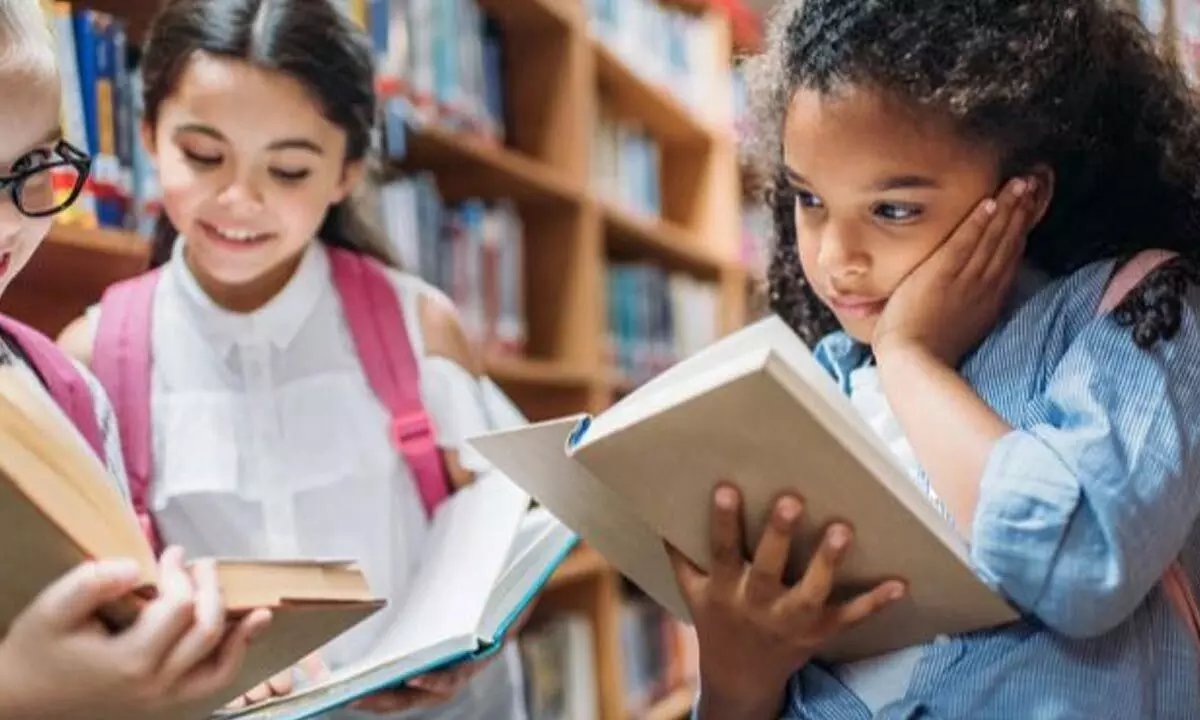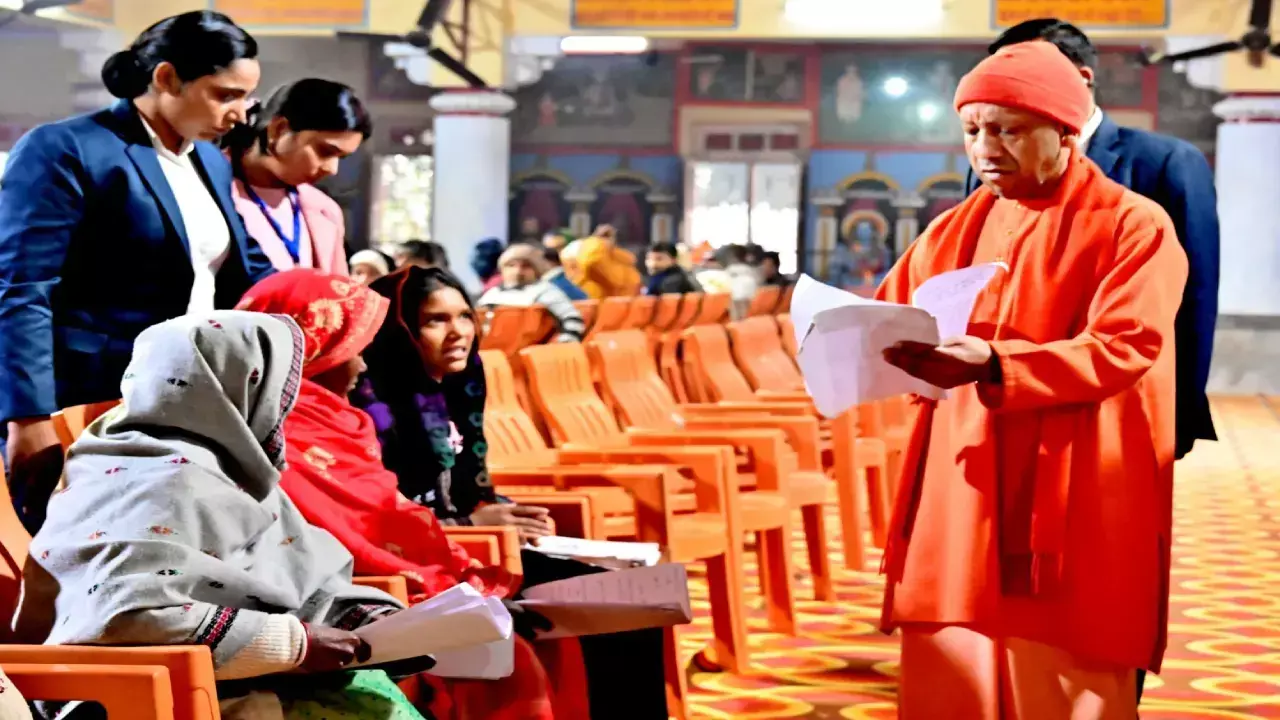Children's Literature: What went wrong?

Children’s Literature: What went wrong?
A decline in children’s reading habits and an outdated fairy tales have led to this
Literature has been one of the fields that have contributed significantly to society - its culture, practices, goals, and aspirations. We can even go so far as to say that literature has played an instrumental role in shaping society from time to time. However, literature as a term is vast and comprises of several subsets. But there's one kind that most of us would have been taught in various forms - children's literature.
Children's literature, while offering all of the mentioned benefits, offers the additional advantage of providing a means of communication with the child. It helps inculcate in the child the morals valued in the culture by presenting them as relatable stories. Therefore, it's as important as studying science and mathematics as it helps carve out the essence of the child's personality.
Over the past decade, however, children's literature has almost been in a slump. Publishing houses have been going out of business, and very few storytellers have grasped the young audience's attention. This can be partly attributed to the decline in children's reading habits and the outdated nature of some of the fairy tales traditionally read out to them. At this juncture, one must consider whether children's literature is a dead field. This question warrants an analysis of the past and present developments in the field, for in this analysis is embedded its future potential.
The past and present of Children's literature
Children's literature has traversed a convoluted path, especially in the West. All political events have impacted the kind of stories told to children. This includes the gender of the protagonist and the role that they play in the story. For example, the insistence on the female character to have fair skin and a slim waist reflect the European standards of beauty that most women were expected to ascribe to. An extension of this is that the male protagonist is brave and chivalrous and expected to rescue the woman in danger- almost a replica of the Victorian knight. One can only imagine the impact of these stories on a dark-complexioned girl or on a boy who feels scared in the face of danger. The underrepresentation of specific sectors of the population is another problem that may have contributed to the disenchantment of children with these stories. For example, hardly any stories deal with issues of sexuality or cast children in gender antagonist roles. They encourage the attributes of blind obedience, cruelty, and even helplessness, which may be detrimental to the personality development of most modern children.
What does the future hold?
Children's literature or stories for children have to be recreated to suit the needs and preferences of the child. This includes plots, characters, and even the modality of storytelling. For example, stories that deal with modern-day concerns, like bullying, grief, childhood sexual abuse, and issues of sexuality, are likely to be much more helpful for children. These stories will also allow adults to communicate with their children about complex matters and, in a way, foster open communication and emotional connection between the parents and their wards.
Another essential aspect that needs to be encouraged is the personalisation of stories. Children connect better with the protagonist of the story when they can name the character and choose the story's plotline. It allows them to fully harness their imagination and creativity. The reader goes on adventures, not from the lens of a distant character but from that of a character that is familiar to them. Such stories do not force upon the child a gender role. On the contrary, they offer flexibility of choice. For example, there can be a female dragon slayer or a male home keeper. No' normal' is defined; hence, no stigma is attached to gender-incongruent behaviour.
Literature, unlike the hard sciences, is not fixed. It evolves with time and prominent traditions. Children's literature is no exception to this rule. It has to find a way of communicating with the child about matters that present themselves in their life in a way they can understand. It is important to remember that the goal of literature is to liberate or use fantasy to combat the realities of life. Not changing the children's stories to align them with modern issues will mean that the same somewhat stereotypical standards are being enforced on children.
According to many experts, this is almost oppressive. Therefore, personalised stories based on current issues are the future of children's literature. With children's literature gradually rising from its slump, thanks to digital platforms leaving no stone unturned to ensure its protected, we can safely say that there is light at the end of the tunnel.















